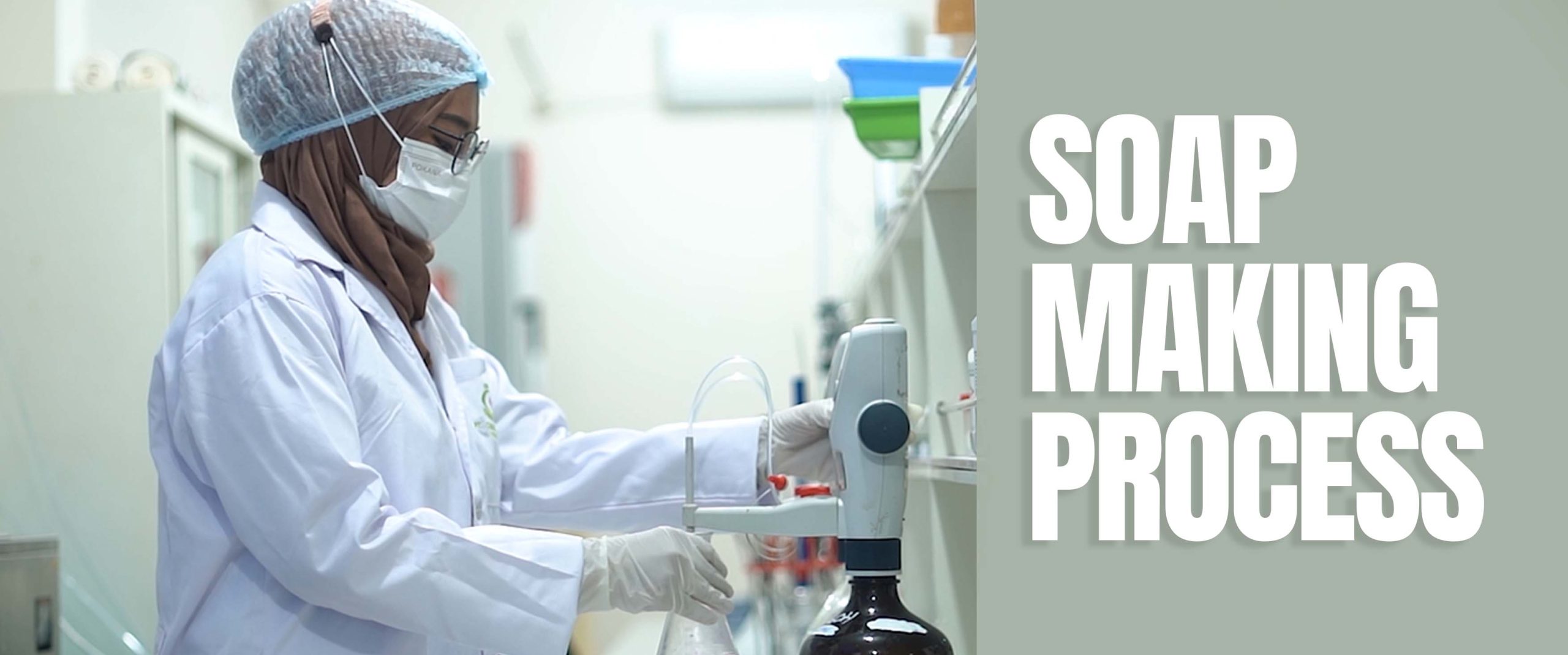Soap Making Process
Soap making is a chemical process known as saponification, where fats or oils react with an alkali (usually sodium hydroxide or potassium hydroxide) to form soap and glycerin. This process can be carried out using various methods, including the cold process, hot process, and melt-and-pour method.
-
Soap Making Methods
Cold Process
This method involves mixing oils with an alkali solution at a low temperature. Once blended, the soap mixture is poured into molds and left to harden for 24-48 hours before being cut and cured for 4-6 weeks. The advantage of this method is that it produces a long-lasting soap with a high natural glycerin content.
Hot Process
In this method, the oil and alkali mixture is heated to accelerate the saponification reaction. The resulting soap can be used sooner than cold-process soap, but it often has a rougher texture.
Melt-and-Pour Method
This method uses a pre-made soap base that is melted and mixed with colors, fragrances, or other additives before being poured into molds. It is ideal for beginners since it does not require complex chemical calculations. -
Ingredients Used
Oils or Fats: Coconut oil, olive oil, palm oil, castor oil, and animal fats are commonly used as base ingredients.
Alkali: Sodium hydroxide (NaOH) for bar soap or potassium hydroxide (KOH) for liquid soap.
Additives: Natural or synthetic fragrances, colorants, exfoliants like oatmeal, and moisturizing agents such as honey or goat milk. -
Advantages and Disadvantages of Homemade Soap
Advantages:
Can be customized to suit different skin types and needs.
Free from harmful chemicals often found in commercial soaps.
A promising home-based business opportunity.
Disadvantages:
Requires a long curing time for the cold process method.
Handling alkali requires caution as it is highly corrosive.
Needs specialized equipment such as a digital scale and soap molds.
Visit our offiicial website : (canadagreengate.com)











